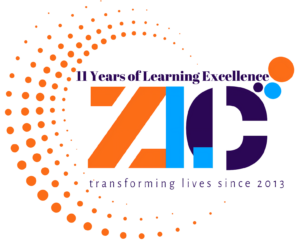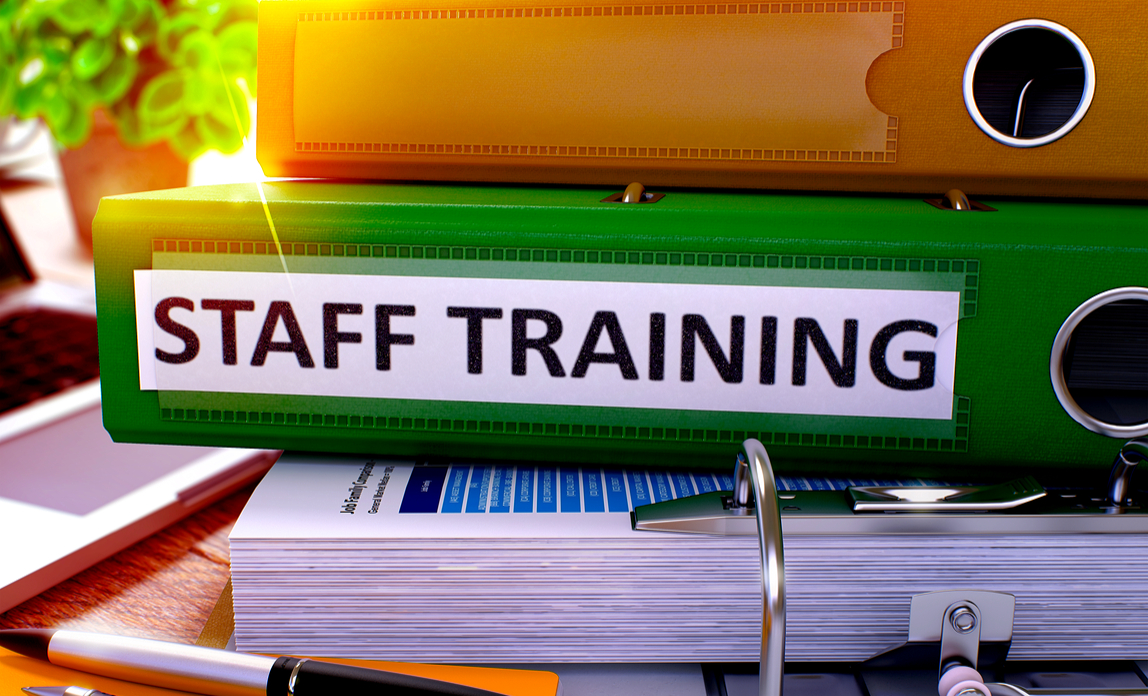Capacity building has evolved into a major organizational priority in recent years. Acquiring and retaining talent has become a major challenge for organizational leaders today. A productive workforce is still considered one of the prized assets of an organization. However, productivity or efficiency does not occur naturally in all people. Some are born gifted and motivated. Whereas in some employees it needs to be nurtured through time. Similarly, some employees might have amazing research abilities but may lack severely in presentation skills.
Skills can also evolve through time. It is not a static, one-size-fits-for concept for all. Prevailing market requirements, technological innovations, and even unforeseen circumstances such as a pandemic can make a skill-set obsolete. For example, many organizations were forced to go remote during the Covid-19 pandemic. In this new normal many employees especially the senior employees who were not that tech-savvy found it difficult to operate with virtual tools.
This is where the need for management intervention comes in. Capacity development cannot start without identifying the training needs of the people. When the future of the organization rests in the hands of the employees the earlier you can identify where to focus on the training the more effective results you will get.
What is a Training Needs Analysis?
Training needs analysis starts with a birds-eye view of organizational goals as well as the current level of knowledge and expertise the employees have. Employers need to assess the training needs in various ways.
- Organizational Goal Analysis: Before any training can be started the management needs to ask itself ‘what are our goals? What is it that sets us apart from others? Your USP may be customer satisfaction, another’s may be innovation. Whatever it is, the goals and core values of the enterprise need to be identified before training begins.
- Employee Evaluation: Training is not a one shoe size fits all concept. A thorough assessment of the individual capacity of employees can be organized through peer-to-peer analysis, face-to-face interviews, on-the-job observation, and so on. Depending on their abilities and where they are lacking training workshops should be organized.
- Identifying the Performance Gap – Every organization has certain standards which have to be met. Sometimes the company has to deal with employees who are struggling at work – maybe they are being unable to finish the projects in time or the quality of their output has gone down. This can occur due to various factors like lack of job knowledge, sudden change of job requirements, ineffective management, etc. Once a performance gap is identified then the training can start.
- Cost-benefit analysis – Training programs are at the end of the day a drain on the company finances so the calculation of ROI or Return on Investment is very necessary. Training is considered effective if the return of value to the organization is greater than what was invested. In some cases like sales training or customer service training, customer/client review is an easy way to evaluate how effective training has been. In other cases, an increase in profits, gain of new clients, can be seen as an indicator that the training had been worth the money.
Why training analysis is important for your company?
- It can help you identify knowledge gaps among your employees before it becomes a major headache.
- Helps in planning annual training programs.
- Keep workforce motivated and boost morale – From the perspective of an employee, an organization arranging training programs means that they are considering you for keeps. It makes employees feel more secure in their job and boost their morale
- Can give them a sense of purpose. Many employees especially those who are working in the same organization they can get into a feeling of monotony and lethargy. Getting them trained would bring on a new sense of enthusiasm as training often results in the professional growth of the employee as well.
How to identify training needs?
- First, identify the Key Performance Indicators that are helping measure your company’s success. Then investigate what business functions can help you achieve those objectives and what lack of knowledge and skills are leading to the company not meeting them.
- Set expectations for each job role. The more clearly you will be able to delineate what each job role involves and what expectations need to be met by people in those roles then you will be able to set standards for performance. Once job descriptions are stabilized you will be able to understand what skills are required so that employees can give their best.
- Ask feedback of employee performance through customers, project managers, etc. Also, gain feedback from employees through one on one interaction.
- Training should not be a one-off event. To ensure that employees remain up to date with skills and always give their best, it’s important to create an organizational culture where learning and mentoring are encouraged. Along with hiring coaches or mentors who can help employees reach their potential, managers should be encouraged to provide mentorship to subordinates. Organizational culture shouldn’t condemn work-related mistakes but one which treats each such mistake as a learning experience for employees.

